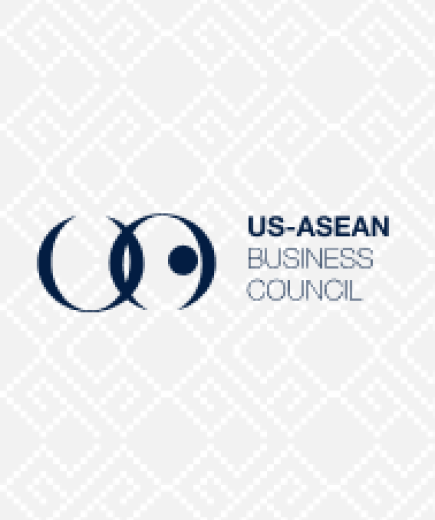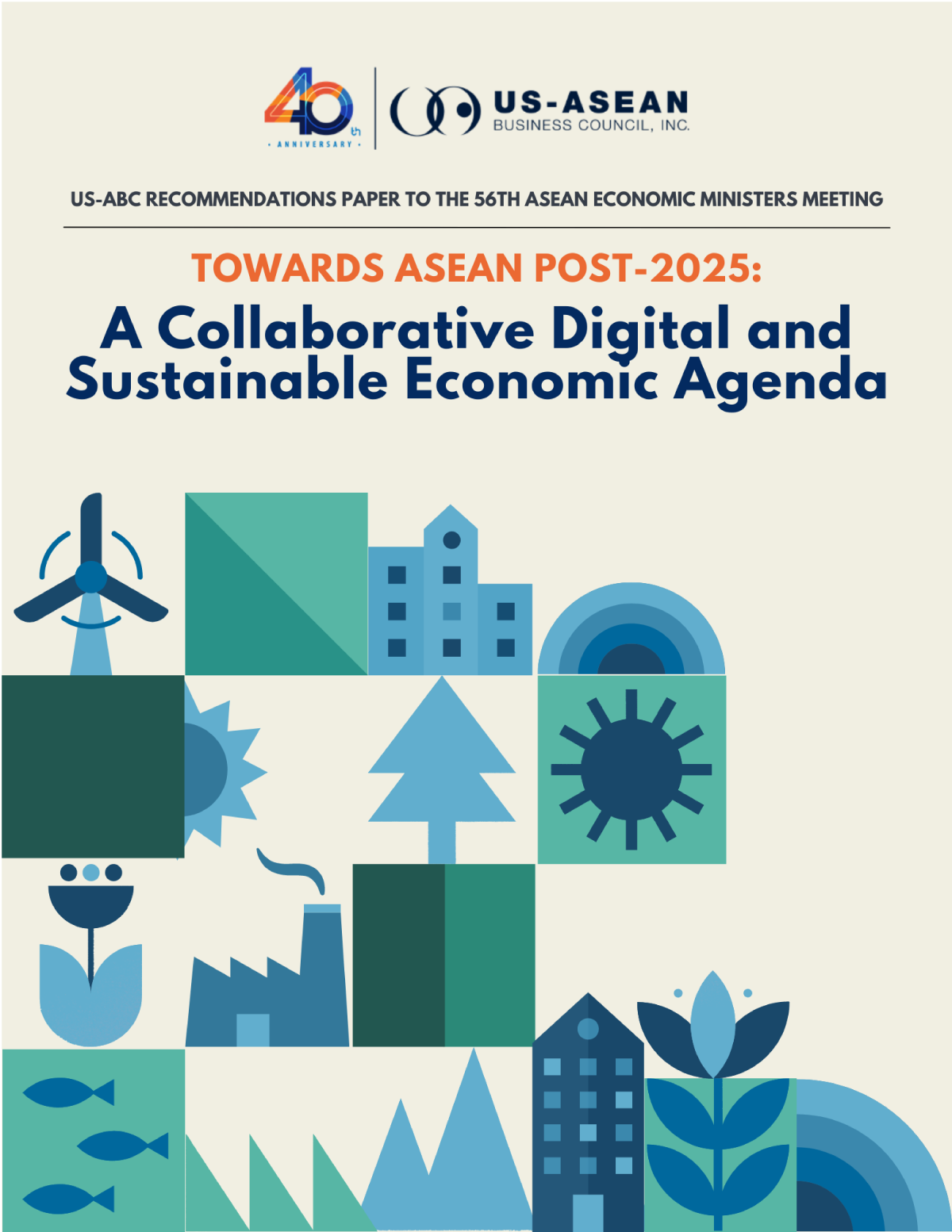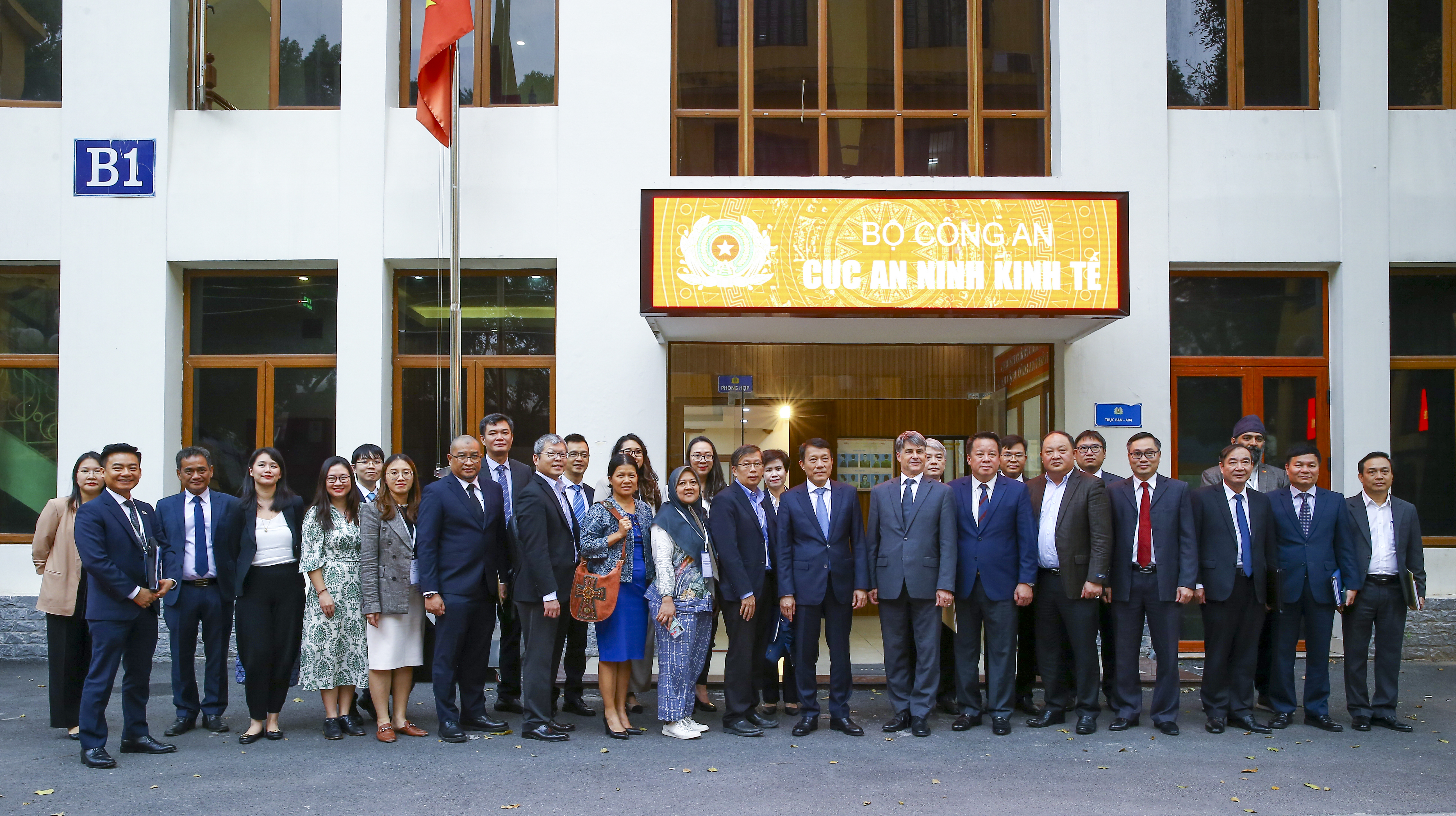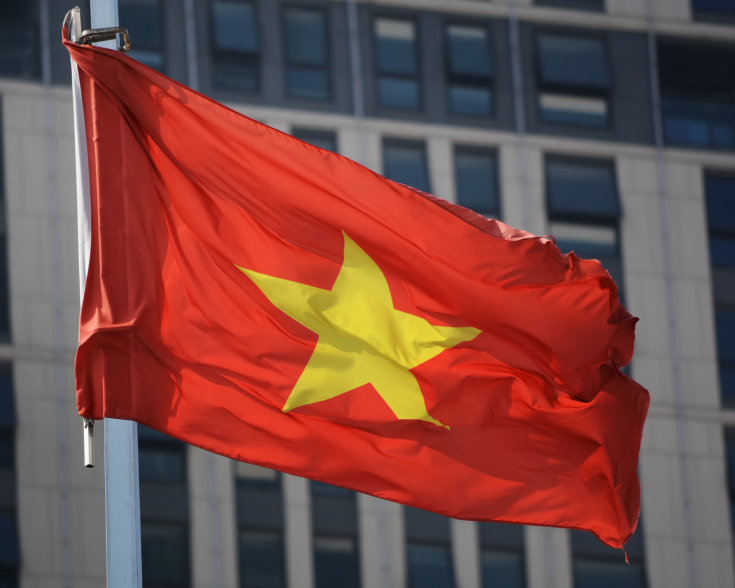Vietnam Approval of National Power Development Plan VIII

After more than 2 years of consultation, the long-awaited Power Development Plan VIII (PDP8) has finally been approved by Prime Minister Decision No.500/QD-TTG issued on 15 May 2023.
The 69-page long decision consists of 4 articles and 4 appendices approving the National Power Development Plan for the period of 2021 - 2030, with a vision toward 2050. Specific goals and plans for each period, including power sources and grid development are specified in Article 1 while detailed lists of important and prioritized projects (from LNG, solar power to grid infrastructure) are stipulated under Appendix II.
Notable contents include:
1. Emphasizing on the commitment towards a fair energy transition, specifically referring to the Just Energy Transition Partnership (JETP):
- Accelerate the development of power sources from renewable energy (wind power, solar power, biomass power...) towards the target of 47% renewable energy as committed under JETP. Aiming for renewable energy to be 30.9-39.2% of power sources by 2030 and 67.5-71.5% by 2050.
- Actively implement JETP through effective utilization of international support in technology transfer, management, training, and financing. Consider JETP as a key solution for Vietnam's energy transition.
2. New capacity to be added by 2030:
- Coal: Another 6,125 MW will be built to reach a total of 30,127 MW, or 20% of total installed capacity, down from 30.8% in 2020. Share of coal-fired output will decrease from 50% in 2020 to 34.8% in 2030.
- Domestic natural gas: Another 7,900 MW will be built to reach a total of 14,930 MW.
- LNG: 22,400 MW of new capacity will be built, generating a total output of 83.5 billion kWh.
- Onshore wind: Another 21,000 MW will be built.
- Offshore wind: 6,000 MW will be built.
3. Power source development plan (Article 1-III.1):
| (Capacity, % of total capacity) | 2030 | 2050 |
|---|---|---|
| Total capacity of power plants | 150,489 MW | 490,529 - 573,129 MW |
| (exclude export, existing rooftop solar power, renewable energy for new energy production) | ||
| Onshore wind | 21,880 MW | 60,050 - 77,050 MW |
(14.50%) | (12.2-13.4%) | |
| Offshore wind | 6,000 MW | 70,000 - 91,500 MW |
(4%) | (14.3-16%) | |
| Solar power (exclude existing roof top solar) | 12,836 MW | 168,594 - 189,294 MW |
(8.50%) | (33.0-34.4%) | |
| (Among which, self-produce, self-consumption) | (2,600 MW) | |
| Biomass, waste-to-energy | 2,270 MW | 6,015 MW |
(1.50%) | (1-1.2%) | |
| Thermal power using biomass and ammonia | 25,632 - 32,432 MW | |
(4.5-6.6%) | ||
| Hydro power | 29,346 MW | 36,016 MW |
(19.50%) | (6.3-7.3%) | |
| Pumped storage hydropower | 2,400 MW | |
(1.60%) | ||
| Battery energy storage system | 300 MW | 30,650 - 45,550 MW |
(0.20%) | (6.2-7.9%) | |
| Co-firing (using residual heat, blast furnace gas, by-products of technological lines in industrial facilities) | 2,700 MW | 4,500 MW |
(1.80%) | (0.8-0.9%) | |
| Coal-fired power | 30,127 MW | 0 |
(except projects in Table 3 in Appendix II) | (20%) | 0% |
| Domestic gas-fired power | 14,930 MW | 7,900 MW |
(9.90%) | (1.4-1.6%) | |
| Domestic gas-fired power (fully converted into hydrogen) | 7,030 MW | |
(1.2-1.4%) | ||
| LNG power | 22,400 MW | |
(14.9%) | ||
| LNG-hydrogen combined power | 4,500-9,000 MW | |
(0.8-1.8%) | ||
| LNG thermal power plant completely converted to hydrogen power | 16,400-20,900 MW | |
(3.3-3.6%) | ||
| Flexible power source | 300 MW | 30,900-46,200 MW |
(0.20%) | (6.3-8.1%) | |
| Power from import | 5,000 - 8,000 MW | 11,042 MW |
(3.30%) | (1.9-2.3%) |
4. Power grid development plan (Article 1-III.2):
- Developing both 500 kV and 220 kV transmission power grids to support the capacity of power sources, improve the reliability of power supply, reduce power loss
- Fostering collaboration in research and grid connection implementation with neighboring countries, Southeast Asian nations, and Greater Mekong Sub-region (GMS) countries.
- Connecting the power grid with Laos with 500kV and 220kV transmission lines to import electricity from power plants in Laos according to the memorandum of understanding signed between the two governments.
5. Capital demand (Article 1-III.6, VI):
- Period of 2021-2030: Estimated total investment for the development of power source and transmission grid is equivalent to US$ 134.7 billion, of which investment in power source is about US$ 119.8 billion (US$ 12 billion per year), transmission grid is US$ 15 billion (about US$ 1.5 billion per year).
- Period of 2031-2050: Estimated capital required for the development of power sources and transmission grids is equivalent to US$ 399.2 - 523.1 billion, of which investment for the power source is about US$ 364.4 - 511.2 billion (US$ 18.2 - 24.2 billion per year), transmission grid: US$ 34.8-38.6 billion (US$ 1.7 - 1.9 billion per year)
- Solutions to mobilize and increase capital resources include:
- Enhance capital diversification by attracting domestic and foreign investments through various sources such as international commitments (JETP, AZEC), green credit, climate credits, and green bonds.
- Foster diverse investment models (state, private, public-private partnership) for power projects, emphasizing the participation of state-owned enterprises and attracting both domestic and foreign private sectors.
- Foster a favorable and transparent business environment that encourages private sector investment and development in the power sector.
- Implement flexible and effective credit policies to facilitate access to capital for enterprises engaged in power project development.
6. Implementation and government agency in-charge (Article 2)
- Ministry of Industry and Trade (MOIT) to develop an implementation plan based on the outlines of PDP8 in this Decision and submit the implementation plan to the Prime Minister by June 2023.
- MOIT to lead and collaborate with ministries, agencies and localities to finalize and submit the draft revised Electricity Law and Law on Renewable Energy to the Government for consideration by the National Assembly in 2024.
- MOIT to recommend policies on direct power purchase agreement to the Government.
- MOIT to assume the prime responsibility for, and coordinate with ministries, localities to handle the coal-fired power projects listed in Table 3, Appendix II that are facing difficulties in implementation, and report to the Prime Minister any issues beyond their authority.
7. Important information listed in Appendices
- Appendix I: List of R&D projects and projects on enhancing and strengthening the legal framework and building capabilities.
- Appendix II: 19 tables including important and prioritized projects for both power source and grid development, including LNG projects, domestic gas-fired power projects, etc…
- Appendix III: 14 potential hydro-power projects
- Appendix IV: 27 Solar power projects to be implemented after 2030 (can develop before 2030 if for self-production, self-consumption)
The Vietnamese version of Decision No.500/QD-TTG is available at the following link. The Council will provide members with the English translation version as soon as it becomes available.

![Cover-[USABC-Final]-Driving-ASEAN-Unity-Malaysia's-Vision-for-2025](/sites/default/files/2025-07/Cover-%5BUSABC-Final%5D-Driving-ASEAN-Unity-Malaysia%27s-Vision-for-2025.jpg)




